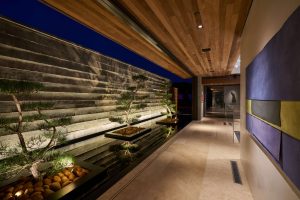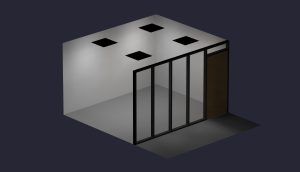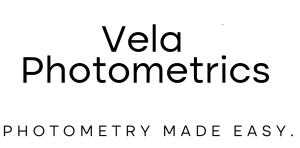All objects reflect light but they do so in different ways and amounts. When designing light plans and using simulation software, it’s important to understand that reflectance can be explained best as both specular and/or diffuse.
Specular Reflectance
Specular reflection is perhaps the most typically thought of form of reflection, with a mirror being the most perfect representation of a specular reflection. A specular reflection is the reflection of light off of a surface that is very smooth, even at a microscopic level. Because of the smoothness of the surface, rays of light bounce off of it in a uniform way.
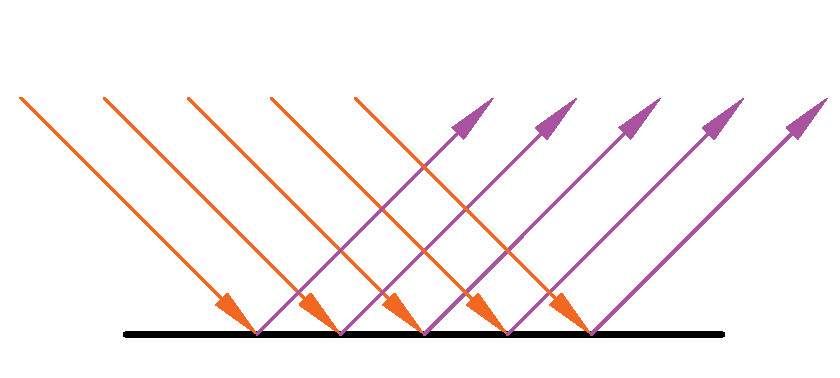
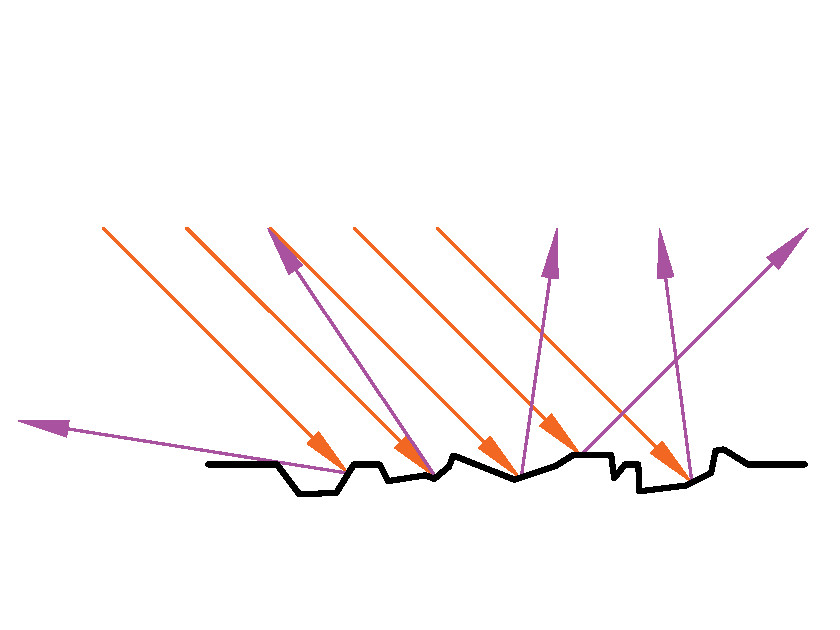
Diffuse Reflectance
Mirrors may represent the quintessential idea of reflection, but the reality is that most surfaces reflect light in a scattered way because they are quite rough, even if only at a microscopic level. This interaction creates a diffuse reflection.
Lambertian Reflectance: The Ideal Diffuse Reflectance
The ideal, matte surface would have a diffuse reflectance known as Lambertian reflectance. Rays of light would reflect equally in every direction when striking a Lambertian surface. Because of this, the brightness of such a surface would appear the same, regardless of the angle it is observed from.
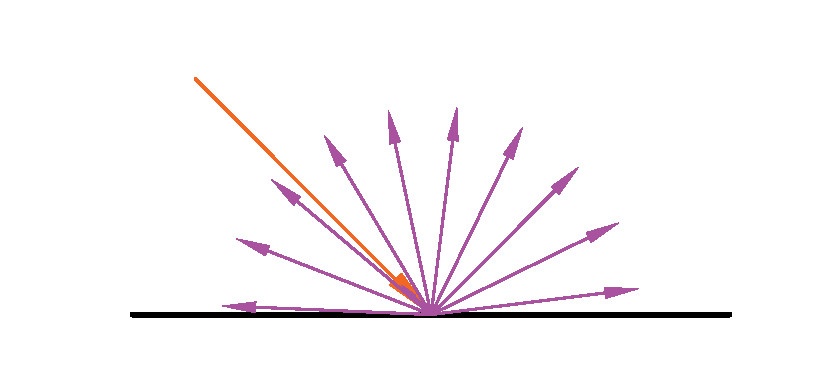
Much architectural lighting simulation software is radiosity-based and employs Lambertian reflectance to calculate light reflection. Besides avoiding the complexity of modeling less-diffuse and specular reflectance textures, employing the Lambertian model benefits because it acts as a close-enough representation of matte paint. While radiosity-based rendering may be sufficient for simulating lighted areas, this is not the case for luminaire manufacturers who want to simulate how light leaves their light sources and interacts with housings, lenses, and other components. For this reason, manufacturers often turn to raytracing-based rendering software, which specializes in specular reflectance and offers advantages such as the creation of photometric data files. Another reason for preferring software that calculates specular reflection could be the calculation sunlight reflected from exterior glass facades, which are usually highly specular. Keep posted for a future article covering the different types of simulation engines.
Updating on August 16, 2024.

